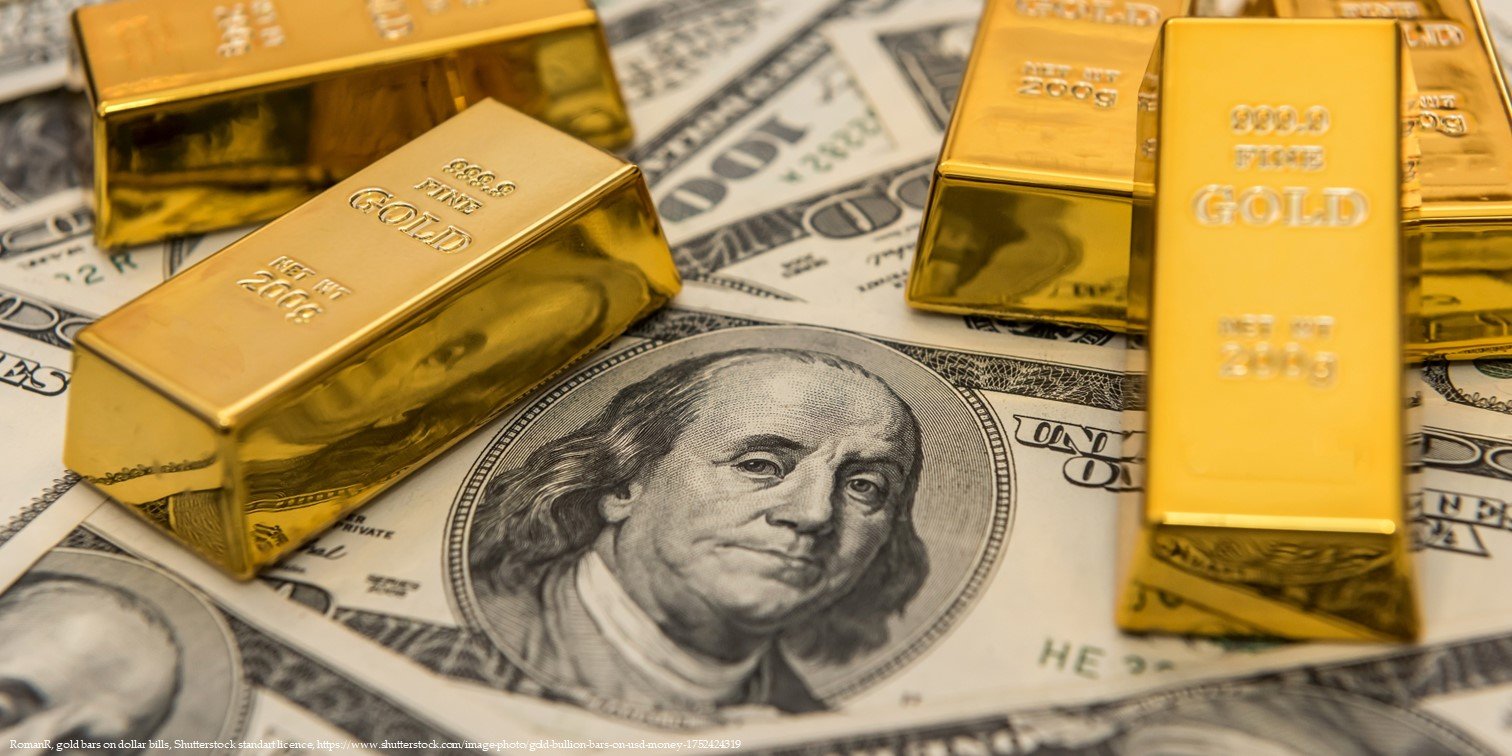Gold prices (XAU/USD) are seeing marginal profit-taking around $2,900 as US tariff tensions relax with a tariff delay on the importation of cars from Mexico and Canada. Despite this reprieve, tit-for-tat tariffs due in April still fuel safe-haven demand for the metal. While that is happening, investors are betting more on multiple Federal Reserve rate cuts as US economic indicators worsen, heightening recession fears. The European Central Bank’s interest rate decision and an important EU defense spending meeting contribute to the uncertainty in global markets. Technically, gold is still a “buy on dips,” with crucial support at $2,900 and resistance around the all-time high of $2,956.
KEY LOOKOUTS
• The postponement of US car import duties on Mexico and Canada provides relief in the short term, but April reciprocal tariffs still favor gold demand.
• Market participants are factoring in several Fed rate cuts as US economic data deteriorates, making gold more attractive as a hedge against economic uncertainty.
• The ECB will reduce interest rates by 25 bps, affecting market sentiment and gold prices along with wider economic policy changes.
• Gold is bullish with major support at $2,900 and resistance at $2,956. Investors are eagerly observing price movement for breakouts or corrections.
Gold prices are still an investment focus area with market trends adjusting to ease in US tariff tensions and swelling Federal Reserve rate-cut expectations. Though the pause on US auto import tariffs to Mexico and Canada is a near-term relief, retaliatory tariffs to be activated in April persist to drive safe-haven appetite. The multiple potential rate reductions by the Federal Reserve due to declining US economic indicators further heighten gold’s attraction. In the meantime, the expected 25 bps rate cut from the European Central Bank and a pivotal EU defense spending summit contribute to market volatility. With gold at around $2,900, pivotal technical levels such as support at $2,900 and resistance around $2,956 will be important for traders to monitor in this uncertain environment.
Gold prices remain at $2,900 as US tariff delays give temporary relief, but future reciprocal tariffs maintain safe-haven demand. Traders expect several Fed rate cuts with deteriorating US economic data, while the ECB’s anticipated policy change contributes to market uncertainty.
• The postponement of US car import tariffs on Mexico and Canada gives temporary relief, but April reciprocal tariffs maintain gold demand.
• Despite some profit-taking, gold is still a sought-after hedge against economic and geopolitical risks.
• Deteriorating US economic data have ignited speculation of a series of Fed rate cuts, making gold more attractive.
• The ECB will likely lower rates by 25 bps, which could drive global market sentiment and gold prices.
• Traders are reshuffling positions as bond markets already price in easing monetary policies.
• The key support is at $2,900, and resistance around the all-time high of $2,956 will decide the direction for gold.
• Global economic policy uncertainty and geopolitical risks may fuel swift price actions in gold.
Gold continues to be a focus area in international markets as economic and geopolitical issues influence investor mood. The delay in US car import tariffs on Mexico and Canada has provided short-term relief, but the upcoming reciprocal tariffs in April keep uncertainty alive. Meanwhile, traders are closely monitoring the Federal Reserve’s stance as deteriorating US economic data strengthens the case for multiple interest rate cuts. As fears of economic slowdown abound, gold remains a go-to safe-haven asset, drawing investors seeking security in the face of uncertainty.

XAU/USD Daily Price Chart

Chart Source: TradingView
At the global level, the European Central Bank’s upcoming interest rate decision is another layer of market attention, as policymakers balance economic threats and possible stimulus. Moreover, general geopolitical developments, such as talks on European Union defense expenditures and ongoing trade policies, fuel investor hesitancy. With central banks and governments navigating these economic challenges, gold’s use as a hedge against uncertainty is firm, as institutional and retail investors continue to attract steady demand.
TECHNICAL ANALYSIS
Gold prices are sustaining a robust bullish bias, and important technical levels are guiding the market movements.The $2,900 level is an important psychological support point, stemming any further bearish pressure. If gold sustains above this area, it may draw fresh buying interest, and prices may be directed towards the next resistance levels. On the higher side, the first resistance is at $2,934, followed by an important hurdle at $2,950. A breakthrough above such levels may initiate the door to the retesting of the all-time high price level at $2,956. In the case of accelerating selling pressure, $2,879 might become support. Analysts continue watching out for momentum levels and sentiment signals in assessing what may next follow gold’s price direction.

FORECAST
Market conditions uphold the bullish trend for gold amid the metal’s safe-haven image. With increasing anticipation of several Federal Reserve rate cuts and continued uncertainty in the global economy, gold may experience additional upside action. If investor attitude continues to be risk-averse and inflationary fears linger, gold might overcome significant resistance points, potentially surpassing its historic high of $2,956. Moreover, any surprise geopolitical tensions or central bank dovish policies might additionally fuel demand, pushing prices even higher in the months ahead.
On the negative side, gold prices can experience intermittent corrections as a result of profit-taking and changing market sentiment. If US economic indicators indicate improvement or the Federal Reserve becomes more hawkish, gold might suffer short-term pullbacks. Increased US dollar strength and higher bond yields can also pose headwinds, triggering dips to the $2,900 or even $2,879 support areas. Yet, until there is a dramatic change in international economic policies, every dip is likely to be perceived as a buying opportunity by long-term investors.







